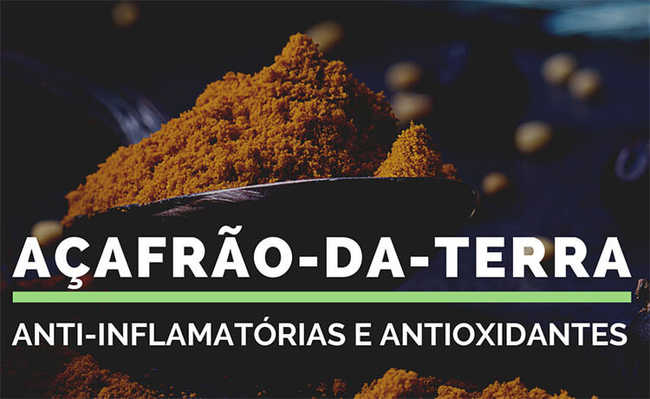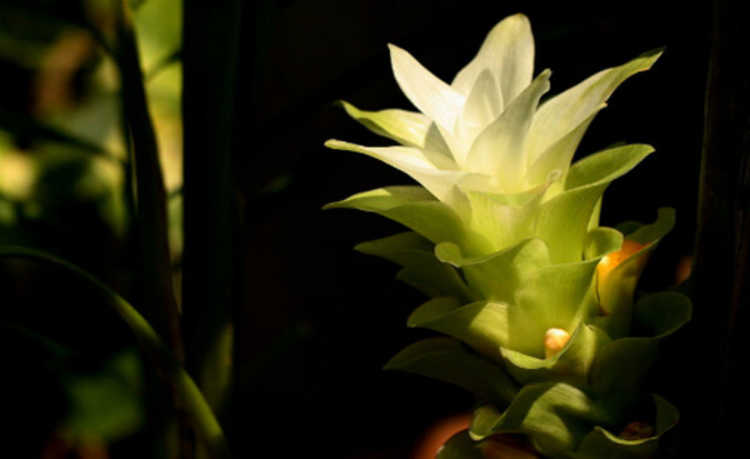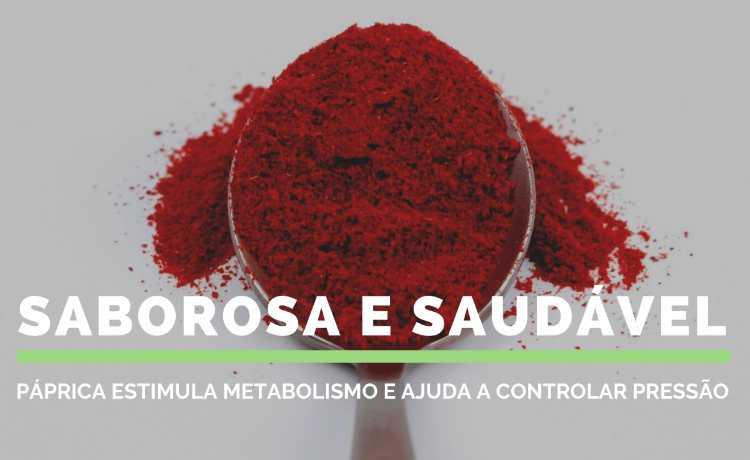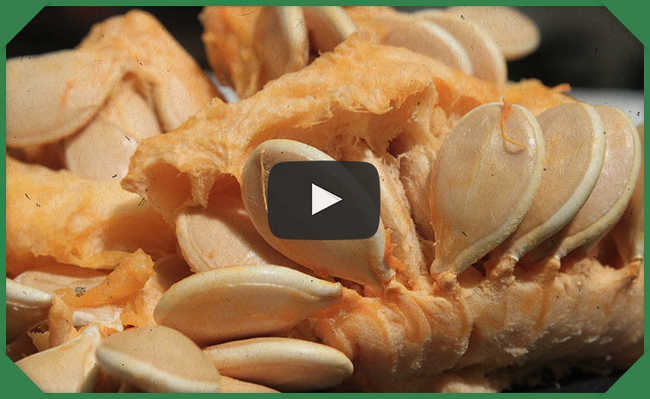Learn about turmeric benefits
Also called turmeric, turmeric is a plant native to India and Southeast Asia. Its benefits range from cooking to oral health

Turmeric, also known as turmeric, turmeric or turmeric, is a herbaceous plant originating in India and Southeast Asia, with scientific name long curcuma. Its beautiful white flowers are similar to those of a bromeliad, but the most used part is its tuberous root, from which turmeric used as a spice is extracted. Among the benefits of turmeric are its digestive action, inhibiting intestinal gas, anti-inflammatory and healing action, among others.
When buying turmeric as a seasoning, be careful not to confuse saffron with real saffron, as the spice extracted from the stigma of the flowers of the scientific name plant is known in Brazil. Crocus sativus, originating in the Mediterranean region. Turmeric is much more expensive than turmeric, as it takes 150,000 flowers to get a kilogram of dried saffron - and the stigmas from these flowers need to be extracted by hand.

Sankarshansen, Turmeric Flower Maharashtra India, CC0 1.0
Turmeric, which is sometimes called in Brazil simply saffron, belongs to the same family as ginger (Zingiberaceae) and its flavor and color are sometimes associated with true saffron, hence the name saffron. The part used as a spice is the turmeric root, which is cleaned, dried and ground. In addition to being common in Indian and Asian cuisine, turmeric is also widely used in alternative medicine. In Asia, the vegetable integrates cosmetic recipes such as facial masks and ointments for oily skin.
Turmeric is also used as a natural dye for dyeing fabrics. In India, it was often used to dye the robes of Buddhist monks yellow.
turmeric in cooking

Image: FOODISM360 on Unsplash
Turmeric root is a highly energetic food. The vegetable is aromatic and has a spicy taste, just like its cousin ginger. In southern India, turmeric is eaten raw. Due to the presence of the pigment curcumin, the root reveals a deep orange colored surface when cut. For this reason, it is widely used as a natural food coloring in dairy products, beverages, mustard and pasta, among others. Although the condiment is widely used to color dishes, it should not be forgotten that it has a bitter and spicy taste. O curry, a very popular condiment in India, Thailand and other Asian countries, is a mixture of spices that uses turmeric in its recipe - it is turmeric that gives the yellow color to the powder. curry.
The vegetable leaves are aromatic and can be used in cooking. They can be used to flavor recipes, their smell is similar to that of green mango - they also serve as a wrapping for dishes such as baked fish and rice balls. the indian dish Patholi or Kadabu, served in festivities, uses the long leaves of turmeric to pack a kind of sweet rice mush filled with coconut seasoned with cardamom.
Are turmeric and saffron the same thing?
No, they are very different plants. Discover the real saffron:

Johan Puisais image by Pixabay
As we've already said, you need to be aware: turmeric and saffron are not the same thing. Many confuse turmeric with saffron, which is a rare spice extracted from the pistils of flowers from Crocus sativus. True saffron, as it is called in Brazil, is an essential item of Paella Spanish and also gives strong color to foods, but it is much more expensive, being called red gold. Turmeric tastes and smells very different from real saffron, so substituting one for the other causes noticeable changes in the recipe.
medicinal use
The benefits of turmeric don't just apply to cooking. The root is widely used in alternative medicine. The main components responsible for the medicinal use of the plant are curcumin and its derivatives. Curcumin is the yellow-orange pigment present in turmeric that has been extensively studied for its bioactive actions. The medicinal use of turmeric is very common in medicine. ayurvedic (typical medicinal system of Ancient India).
In ayurveda, curcumin is used as an antiallergic, digestive, intestinal gas inhibitor, anti-inflammatory, healing, antioxidant and also in the treatment of respiratory pathologies. Several drugs currently used are derived from Ayurvedic medicine. Curcumin has been used to treat cancer, arthritis, diabetes, Crohn's disease, cardiovascular disease, osteoporosis, Alzheimer's disease, psoriasis, among others.
There is also research, not yet sufficiently substantiated, that demonstrates the potential of turmeric in oral health. Due to its anti-inflammatory properties, it helps relieve toothaches and swelling, helps treat gingivitis, and fights bacteria that cause plaque and tooth decay. To learn more, check out the article: "Turmeric in oral health? Controversy of alternative medicine and natural toothpaste recipes".
Several studies report positive results regarding the anti-inflammatory and antibacterial action of turmeric. Researches reveal positive effects in various forms of use, such as extracts, solutions and oral and intraperitoneal administration. Curcumin suppressed a wide variety of microorganisms in research in vitro, in addition to being antiparasitic, antispasmodic and stimulating the activities of enzymes responsible for digestion. There are also experiences in vivo which show the potential anti-inflammatory and antiparasitic effects of curcumin. According to other research, curcumin also promotes liver detoxification.
Curcumin is cited in the scientific literature as an anti-inflammatory brain agent; therefore, patients with Alzheimer's, multiple sclerosis and dementia caused by HIV could benefit from its consumption. It repairs brain stem cells. In addition, there are several reports of curcumin as an antiviral that acts as an inhibitor of HIV-1 integrase protein replication.
Other studies also indicate that curcumin stimulates the gallbladder to produce bile, can help prevent atherosclerosis (the buildup of plaque that can block arteries and lead to heart attack or stroke), and help treat uveitis (an inflammation of the heart). eye iris).
Among its potential explored by scientific studies, its use in cancer prevention and also during its treatment stands out. According to researches, it has action in the inhibition of mutagenesis and carcinogenesis, which added to the anti-inflammatory and antioxidant activity, also inhibits the neutrophil response and the formation of superoxides in macrophages. Thus, turmeric inhibits the emergence and progression of cancers. There are studies on the use of curcumin in the treatment of melanone, as it stimulates apoptosis, that is, the death of differentiated cells. However, more research is needed.
It is not recommended to use only alternative therapies in the treatment of cancer. If you choose to use complementary therapies along with your treatment, consult your physician.










